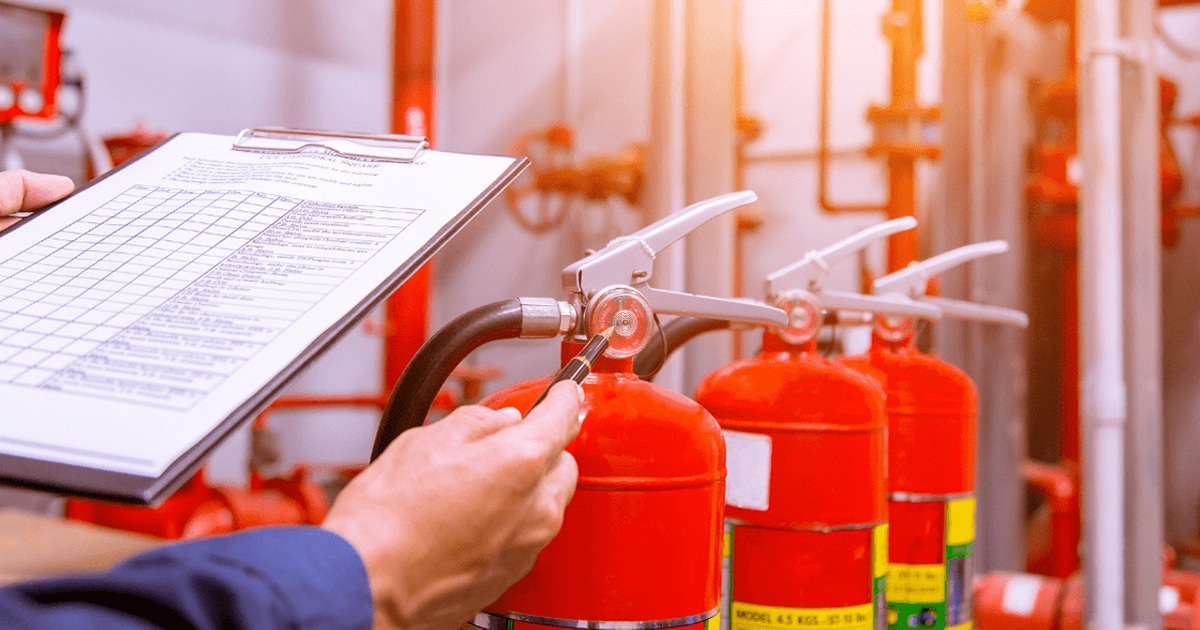Although they don't have a true "expiration date," traditional fire extinguishers generally have a 10-12 year life expectancy. Disposable fire extinguishers should be replaced every 12 years. Rechargeable fire extinguishers should be taken to an experienced fire equipment company and recharged every 10 years.
What’s the shelf life of a fire extinguisher?
This depends on the type of fire extinguisher you have. Dry chemical extinguishers have a service interval of 6 or 12 years, minimum. Pressurized water, carbon dioxide, and wet chemical extinguishers have a minimum service life of 5 years.
When Do I Need to a Fire Extinguisher Recharge?
The foolproof way of knowing if you need a recharge is to have your fire extinguishers inspected. You can do this yourself once a month; a professional inspection is also strongly advised once a year. The most vital thing to take note of is to make sure that you see the pressure gauze’s needle in the green zone. This indicates that the fire extinguishers have a full charge and will be ready to use when you need them. If the needle is in the red zone, contact your fire safety and protection company right away.
Replace or Recharge?
There’s no one right answer. If the fire extinguisher is relatively new (not more than five years old), then you can recharge it. However, replacing any type of fire extinguishers is just as good of an option, if not better; replacing fire extinguishers typically costs the same as recharging them. Additionally, getting a brand new one will guarantee that the item will work without a glitch.
Ageing Signs
A principal cause of fire extinguishers not functioning correctly is that it is too old, and as a result, waned in performance. Below are the signs of age to look for in your fire extinguishers.
- There is no inspection tag. When you don’t even see an inspection tag that states when the last time your fire extinguisher was last inspected, then your best bet is to dispose of it.
- The hose is split, cracked, or shows any signs of wear and tear.
- There is no pin.
- The handle is flimsy or broken.
- The neck seal shows signs of damage and weakening. A weak neck seal reduces the pressure that is being released when the fire extinguisher is used.
Maintenance
Aside from the annual fire extinguisher inspection, a hydro-testing inspection every 12 years is also recommended. Hydrotesting is the best way to check for any disintegration or cracks of the exterior shell. This type of testing will also help determine if your older fire extinguishers are still usable.
